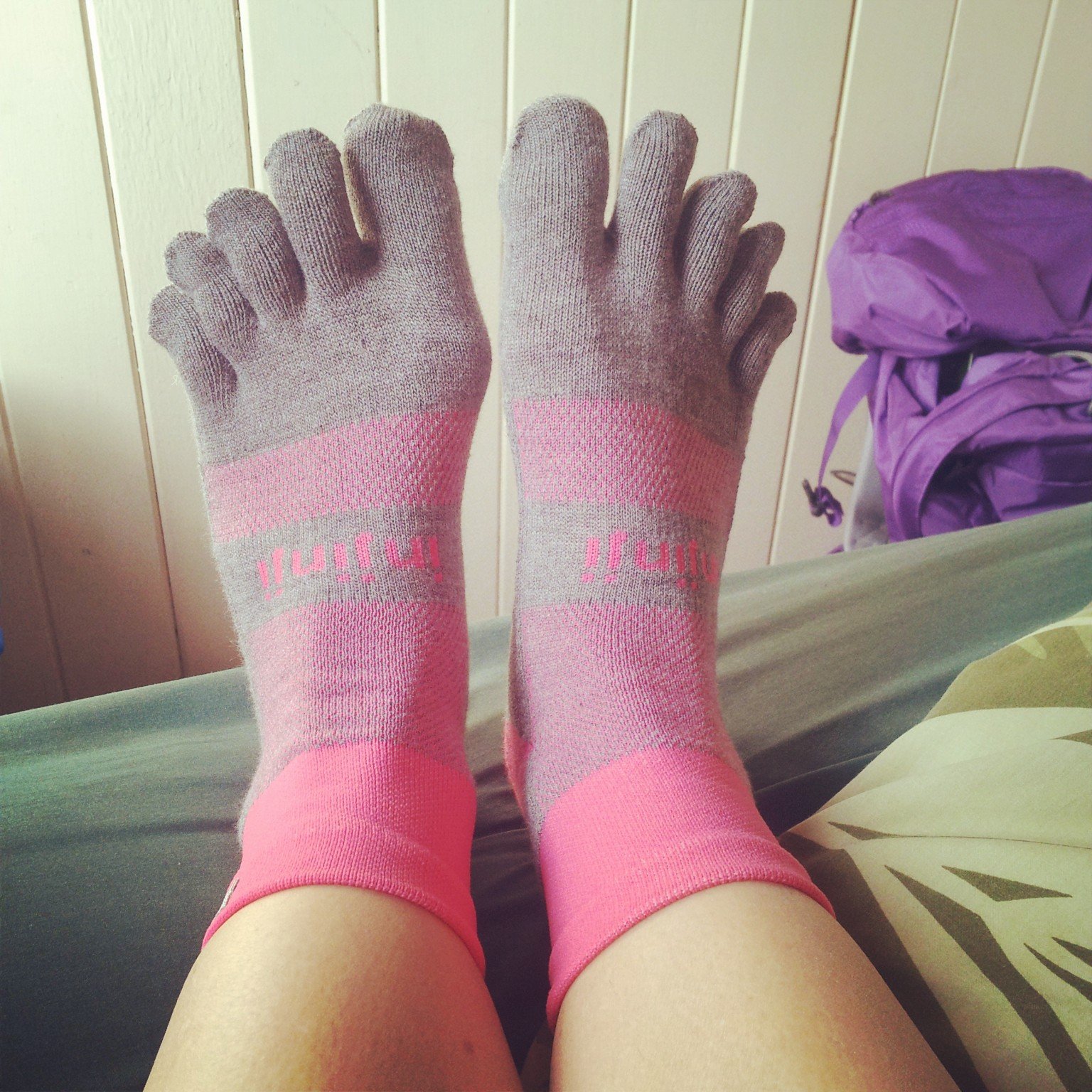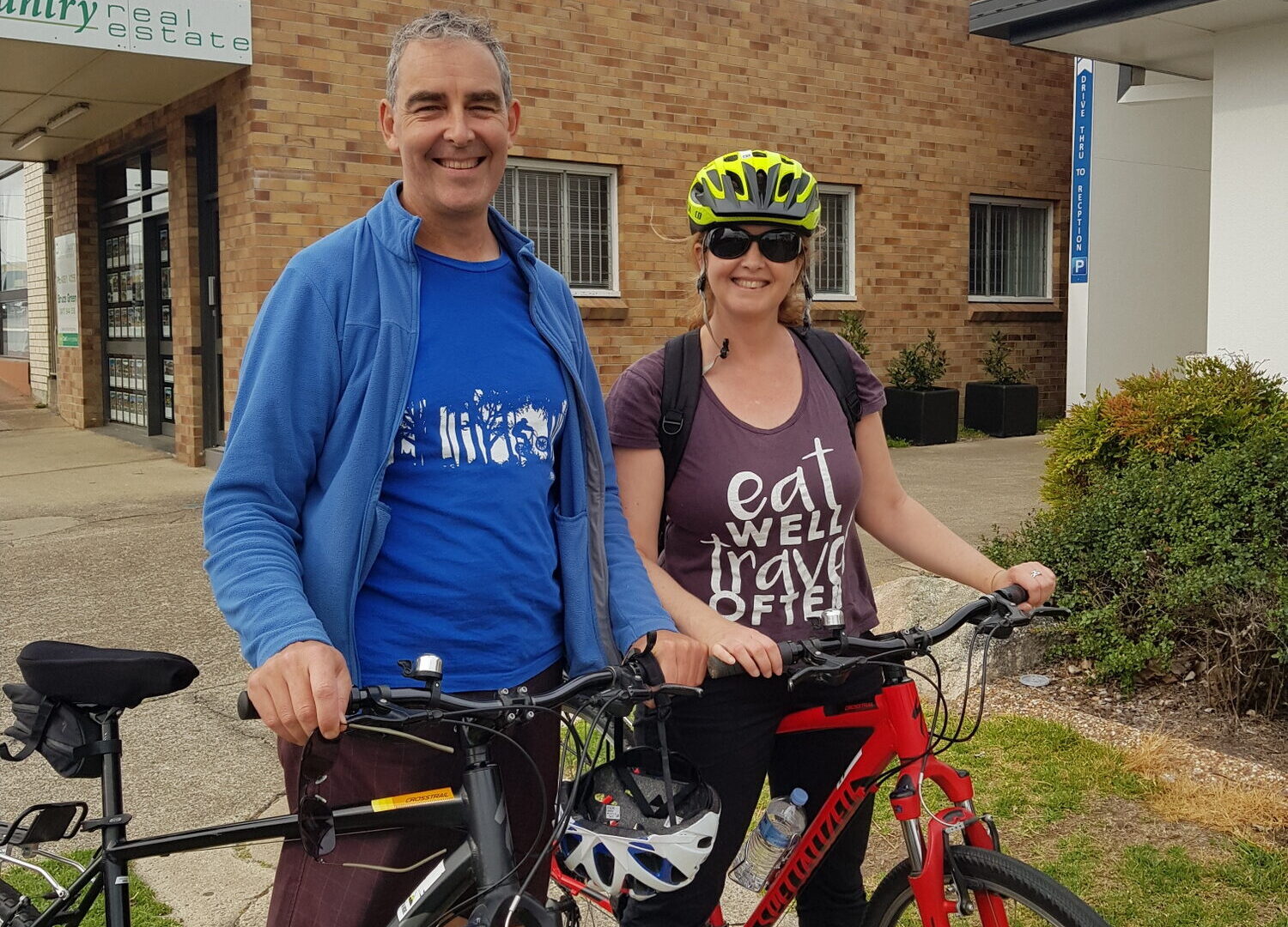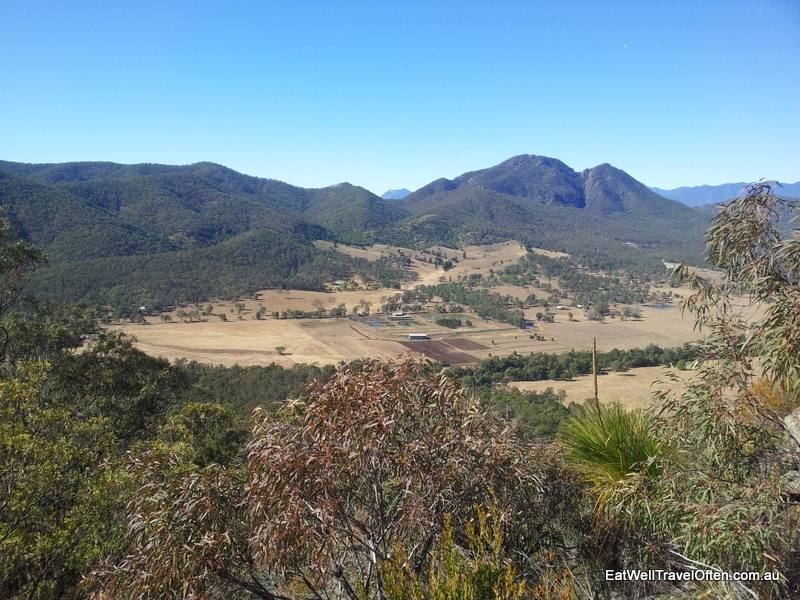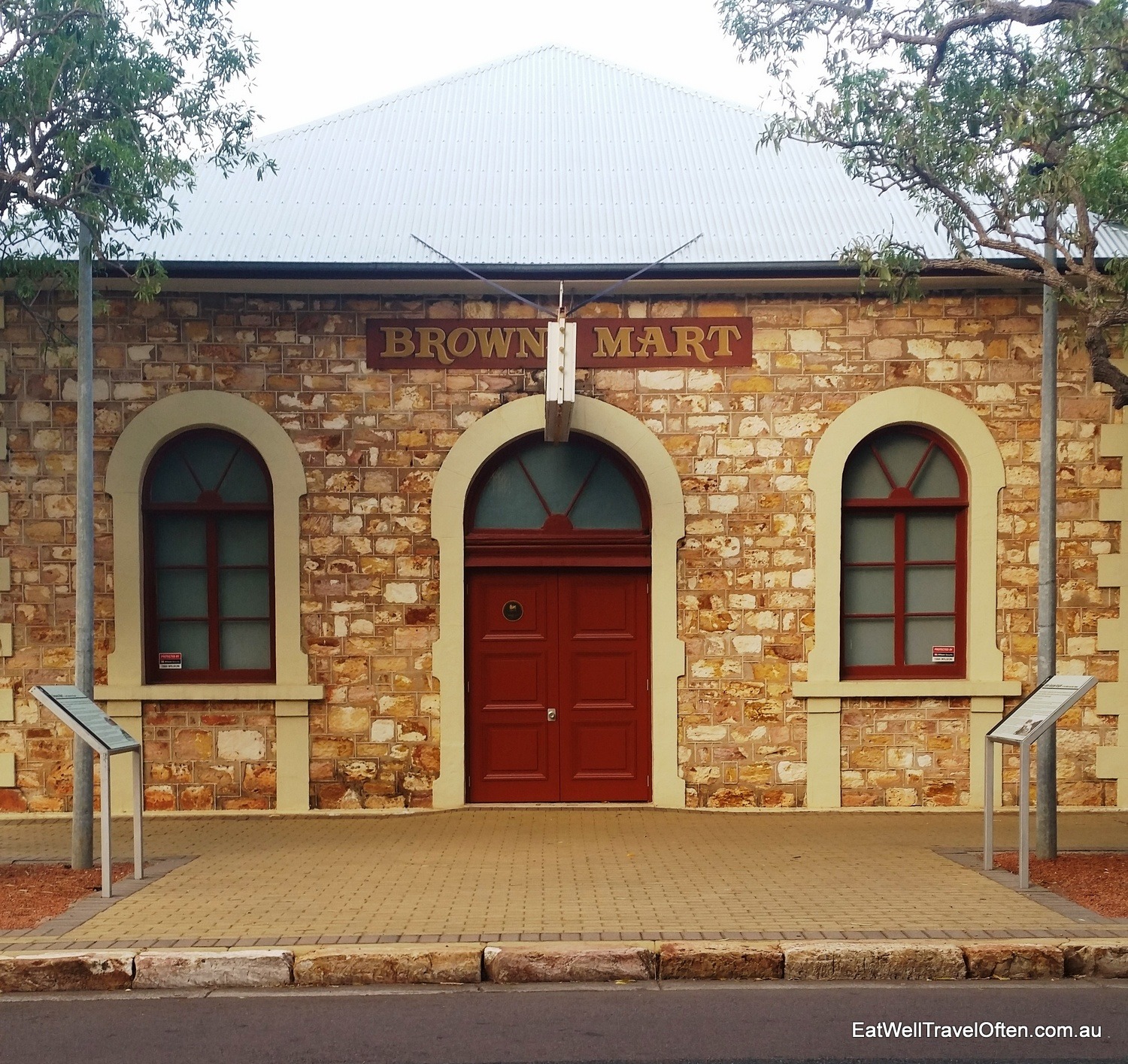I joined Base Camp Fit on one of their organised hikes during my Kokoda training, and I asked Trainer Chase Tucker to give me some tips about choosing the best hiking socks. Over to you Chase…..
Have you been on a trek or hike before and spent hundreds of dollars on the best hiking shoes only to get blisters and finish the day with damp, shrivelled smelly feet? It’s a pretty common occurrence, and it’s because most people assume that all socks are equal, which is definitely not the case!
I’ve tried many things to keep my feet dry and warm in the mountains. Growing up hiking in the wild, wintery conditions of Tasmania, this was forever a challenge. I remember a time where it was a legitimate technique to use plastic shopping bags between two pairs of socks as a method of keeping my feet dry. Much to my surprise, that wasn’t comfortable or particularly effective.
Thankfully, boot and sock technology has evolved a little since the early 90′s. Despite this, people still go training, trekking and hiking in cheap or even worse, expensive cotton socks. Cotton is not a great material for a sock of any kind. It absorbs sweat, takes forever to dry, provides no insulation and even less cushioning and is a popular way to get terrible blisters.
And no matter how much you love the mountains, no matter how smart/hard you’ve trained, your enjoyment factor of your trek will always be determined by the environment within your shoes. This, along with an appropriate choice of shoe/boot, is the primary factor that determines the state of your feet, so it’s worth spending the time and money to make that environment a comfortable one.
If you’re on a tight budget, it’s understandable that it may be hard for you to justify spending as much as $30 on a pair of socks, but believe me, socks are not the category in which you should save a few bucks. I suggest looking at investing more on socks, and less on things like high tech solar chargers for your phone and camera, or the watch that tells you the weather forecast.
Let me establish this: Quality socks, are a necessity, not a luxury.
So how can I ensure blister free trekking?
The answer is finding the right sock/shoe combination for your feet, and doing your training, whilst wearing that ideal combination to adequately condition your feet to the trekking environment.
In our programs, our clients can spend 16 weeks testing different variations of socks and shoes to get the right fit. And more often than not, the ideal combination that results in blister free trekking is this:
1. A comfortable trekking shoe or boot that fits perfectly with just a small amount of space at the toe for a desirable amount of room for a little movement, displacement and swelling.
2. An inside layer of a thin sock liner in a supportive and form fitting shape, correctly sized for your foot, made with modern wicking fibres like Cool Max, which will draw moisture away from the skin. (this is optional, I don’t use liners myself)
3. An outside layer of a thicker hiking specific sock, asymmetrical in shape (made for left and right) constructed of a merino wool/synthetic blend, that has provides a supportive structure and significant padding in key areas like the balls and heels of the feet. It’s important that the sock is seamless, meaning the seams are cleverly hidden in the engineering (yes, engineering) of the sock.
Why Merino Wool/Synthetic blend?
1. Very soft and comfortable and is quite durable
2. Wool stays warm when it’s wet rather than sapping heat from your body
3. Wool is naturally anti microbial so it can be worn for weeks without holding an odour
4. Wool provides a much denser fabric for providing padding and support
5. Synthetic blend provides added durability, structure and elasticity in the shape.
I know what you’re thinking, “can’t you just tell me exactly what sock to get?” Well no, not really, as your sock choice will depend on your chosen trek /climb and the season, your target altitude, your boots, and your body’s individual preferences.
At Base Camp we ensure our clients head off on their trips feeling the fittest they’ve ever felt, both in the mind, they body, and confident that their gear will stand up to the test of the mountains.
I’ve climbed, hiked and trekked extensively throughout Australia New Zealand, The Himalayas North America and Europe. I’ve walked for weeks on end, covered 100 kilometres in 24 hours endurance events and never had a blister that has bothered me in the slightest. It all comes down to socks. – Chase. 








Thank you very much for your article. I have massive problems with sweaty feet and smelly hiking boots. I have tried several treatments. My personal recommendation is wearing cedar wood insoles (for instance zederna insoles). It is naturally anti-bacterial and works very well.